Aston Martin Vantage Roadster offers a swift route to open skies
The Aston Martin Vantage Roadster whips its top down in just 6.7 seconds, all the better to enjoy a final, joyous fling with combustion

Aston Martin thinks it’s got a pretty good handle on the future. Its first mid-engine machine, the Valkyrie hypercar, is mere months from being delivered to eager customers, and its more ‘affordable’ but no less dramatic sibling, the Valhalla, recently broke cover. The DBX, the company’s first ever SUV, is selling well and clawing back crucial market share. That leaves Aston’s traditional core product, sports cars, next in line for revolution.

Aston Martin Vantage Roadster features a super-quick electric hood mechanism
But not so fast. The brutish bravado and old school elegance of a two-seater, front-engined grand tourer is not the place for radical change. At least, not yet. The Aston Martin Vantage marked its third year in production with an edition celebrating the company’s new focus on Formula 1. The Aston Martin Vantage F1 Edition takes its styling cues from the official F1 Safety Car (an Aston Martin for the first time ever) and boasts boosted power and a more extreme aero kit than the ‘standard’ car. It is hardly revolutionary, designed to quicken the pulse, not usher in change.
Aston Martin Vantage Roadster: a visceral pleasure
The company also launched a Roadster version of the Vantage early last year, following its traditional pattern of releasing open-topped variants after their coupé siblings. That launch was delayed, cancelled and somewhat side-lined by the global situation, so instead of experiencing the car on the open desert roads around Palm Springs, we’ve had to contend with the B-roads of Britain in the early summer, with a sky full of bruised and brooding clouds. The latter don’t offer nearly as much opportunity to get the top down, although we should note in passing that the roof mechanism is one of the fastest ever fitted to a convertible, taking just 6.7 seconds to lower (without needing stop the car).

Aston Martin Vantage Roadster in Yellow Tang in its natural habitat
There is a very visceral pleasure generated by driving this car. Aston Martin has always managed to balance the often-conflicting desires of the heart and the mind; other cars might be faster or slightly quicker round a track, but without the presence and mystique of an Aston. Conversely, if they do manage to bring a matching ambience, they inevitably can’t match the Vantage’s impressive technical ability. It’s a car designed for a world where driving is still predominantly a pleasure, never a chore. In fact, the Vantage Roadster is usually capable of elevating even the most mundane automotive errand into something special.
However, the Vantage Roadster is still very much an Aston Martin of the old school. Regardless of the sophistication of its Mercedes-AMG-sourced engine, or the extremely impressive quality of build and materials, it has more spiritual affinity with the big, brutish machines the company was building in the 1970s and 1980s than the lithe, electrified sports cars of tomorrow. There’s a lot of nostalgic, end-of-era activity going on in the auto industry right now, as big engines take their final bow and shaken-up sectors seek reinvention for the electric age.

Interior of the Aston Martin Vantage Roadster: choose your colours carefully
Waiting in the wings is Maserati’s all-new GranTurismo, a car that is boldly debuting as a pure electric model (although a hybrid is also in the works). If Maserati has the gall to banish the V8 from what is currently its most characterful and raucous model, then Aston Martin will have no choice but to follow suit. The British company has already hinted that the next iterations of its GT sports cars, the DB11 and Vantage, will be predominantly electric, although they’re not due until 2025. Next year, there’ll be substantially uprated versions of each model, effectively marking the start of this twilight period of opportunity and uncertainty. For a start, the sinuous muscularity that defines an Aston Martin will take on whole a new meaning when the power no longer comes from combustion.
Aston seems to be pushing its mid-engined range as the place to make really bold statements, starting with the aerodynamically driven insanity of the Valkryie. In comparison, the company’s sports and GT cars are more traditionally elegant. The Vantage Roadster’s introduction was accompanied by subtle styling tweaks, most notably a new grille to soften the ‘open mouthed’ look of the original car and hark back to Astons of old. The interior is probably where the Vantage needs more of a boost. Happily, given the extent and depth you can customise an Aston Martin, there’s every opportunity to bring a bit of tasteful harmony to its rather fussy composition of forms and surfaces. That’s not to say it doesn’t help direct your attention to the road ahead, but as it stands its not calm or especially functional.
Receive our daily digest of inspiration, escapism and design stories from around the world direct to your inbox.
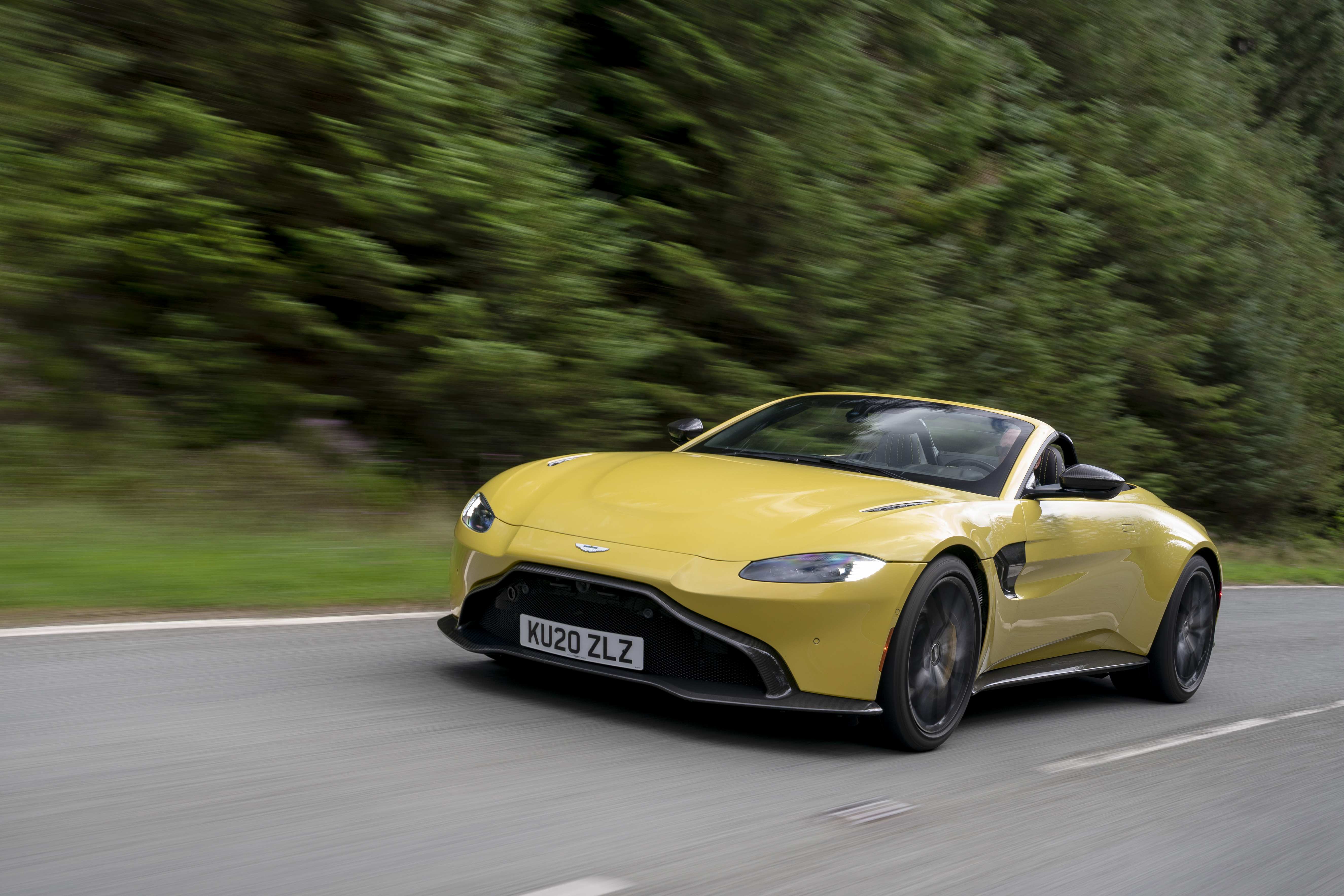
The Aston Martin Vantage Roadster is a spirited performer
Will we miss the snap, crackle and pop of a big engine? It’s fun to make a lot of noise with your right foot, but outside of a racetrack or an illicit supermarket carpark car meet, no one else is sharing the joy. Electric cars have proven they can start, stop and accelerate as well as any traditional car. The only thing that’s missing is the soul. Although the Vantage Roadster provides a final, joyous fling with combustion, we’re confident that Aston Martin will ensure its successor still has a spiritual side.
INFORMATION
Aston Martin Vantage Roadster, from £126,920
Read more Wallpaper* articles about Aston Martin
Official website: astonmartin.com
Jonathan Bell has written for Wallpaper* magazine since 1999, covering everything from architecture and transport design to books, tech and graphic design. He is now the magazine’s Transport and Technology Editor. Jonathan has written and edited 15 books, including Concept Car Design, 21st Century House, and The New Modern House. He is also the host of Wallpaper’s first podcast.
-
 The new Tudor Ranger watches master perfectly executed simplicity
The new Tudor Ranger watches master perfectly executed simplicityThe Tudor Ranger watches look back to the 1960s for a clean and legible design
-
 This late-night hangout brings back 1970s glam to LA’s Sunset Boulevard
This late-night hangout brings back 1970s glam to LA’s Sunset BoulevardGalerie On Sunset is primed for strong drinks, shared plates, live music, and long nights
-
 How Memphis developed from an informal gathering of restless creatives into one of design's most influential movements
How Memphis developed from an informal gathering of restless creatives into one of design's most influential movementsEverything you want to know about Memphis Design, from its history to its leading figures to the pieces to know (and buy)
-
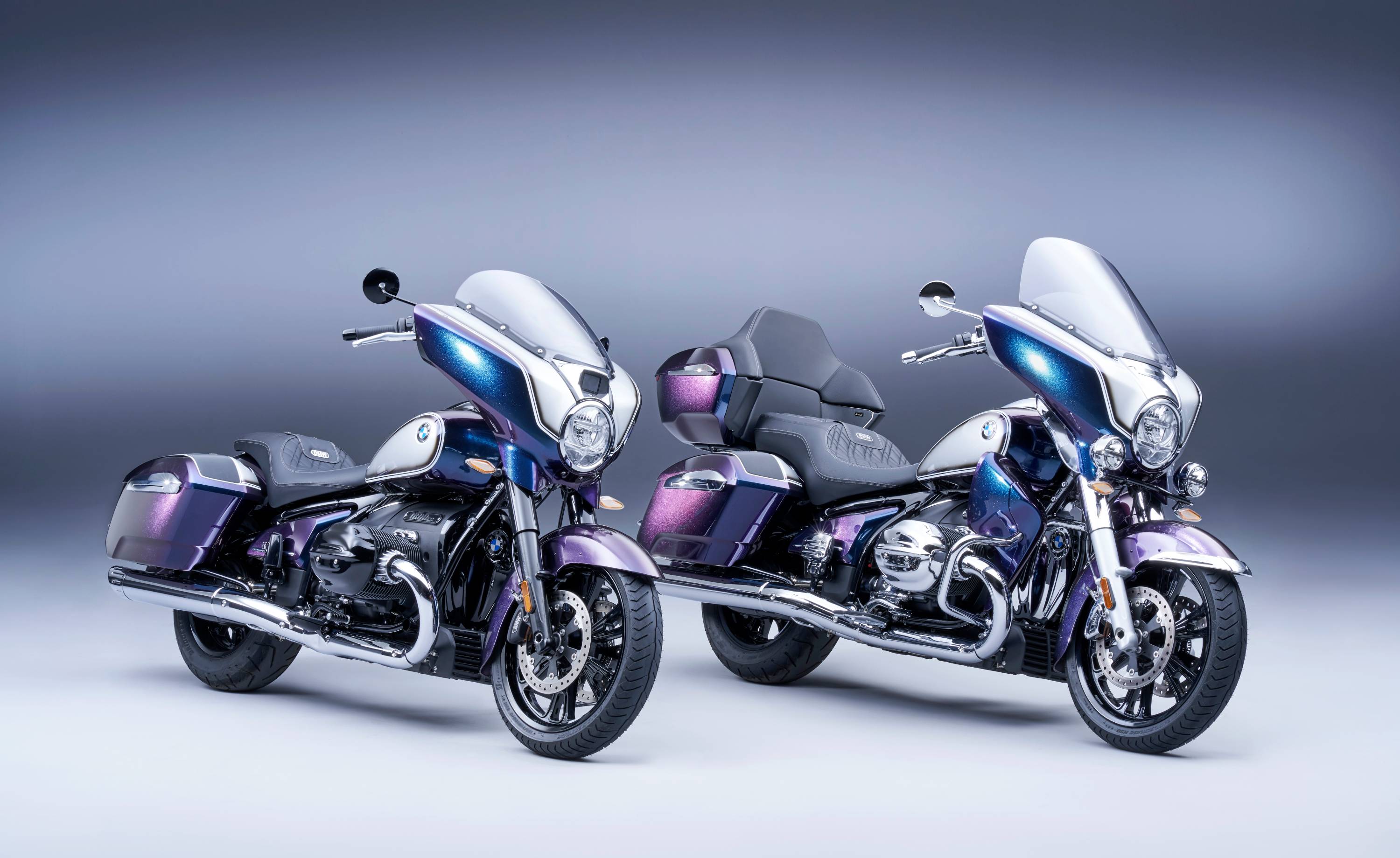 BMW Motorrad brings out the big guns for its newest cruisers
BMW Motorrad brings out the big guns for its newest cruisersBMW Motorrad R 18 Bagger and Transcontinental set the tone for high-voltage cruising with a brand collaboration with speaker specialist Marshall
-
 Is McLaren’s GT a sports car, a tourer, or the best of both?
Is McLaren’s GT a sports car, a tourer, or the best of both?The McLaren GT is a capable all-rounder dressed up in svelte supercar clothes. It might also be the last of its type
-
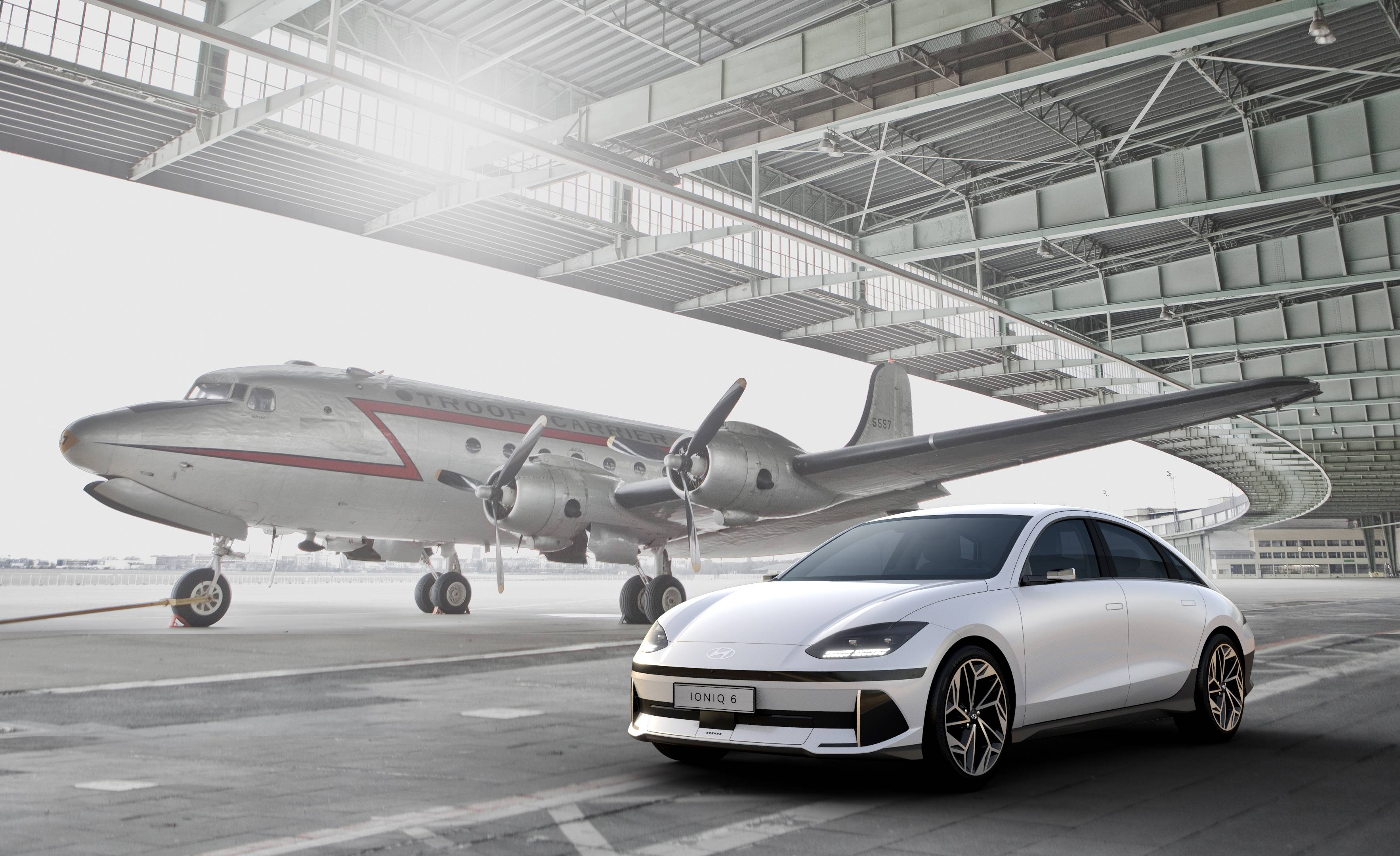 Hyundai Ioniq 6 EV is a sleek, stylish streamliner
Hyundai Ioniq 6 EV is a sleek, stylish streamlinerTake a first look at the Hyundai Ioniq 6 EV – stripped-back, streamlined, but retaining an interior that’s a ‘mindful cocoon’
-
 Audi RS3 Sportback is tomorrow’s classic today
Audi RS3 Sportback is tomorrow’s classic todayIt may be one of the last of its ICE kind, but cars like the Audi RS3 Sportback represent the summit of a century’s evolution – and are a convincing reminder as to how far EVs still need to evolve
-
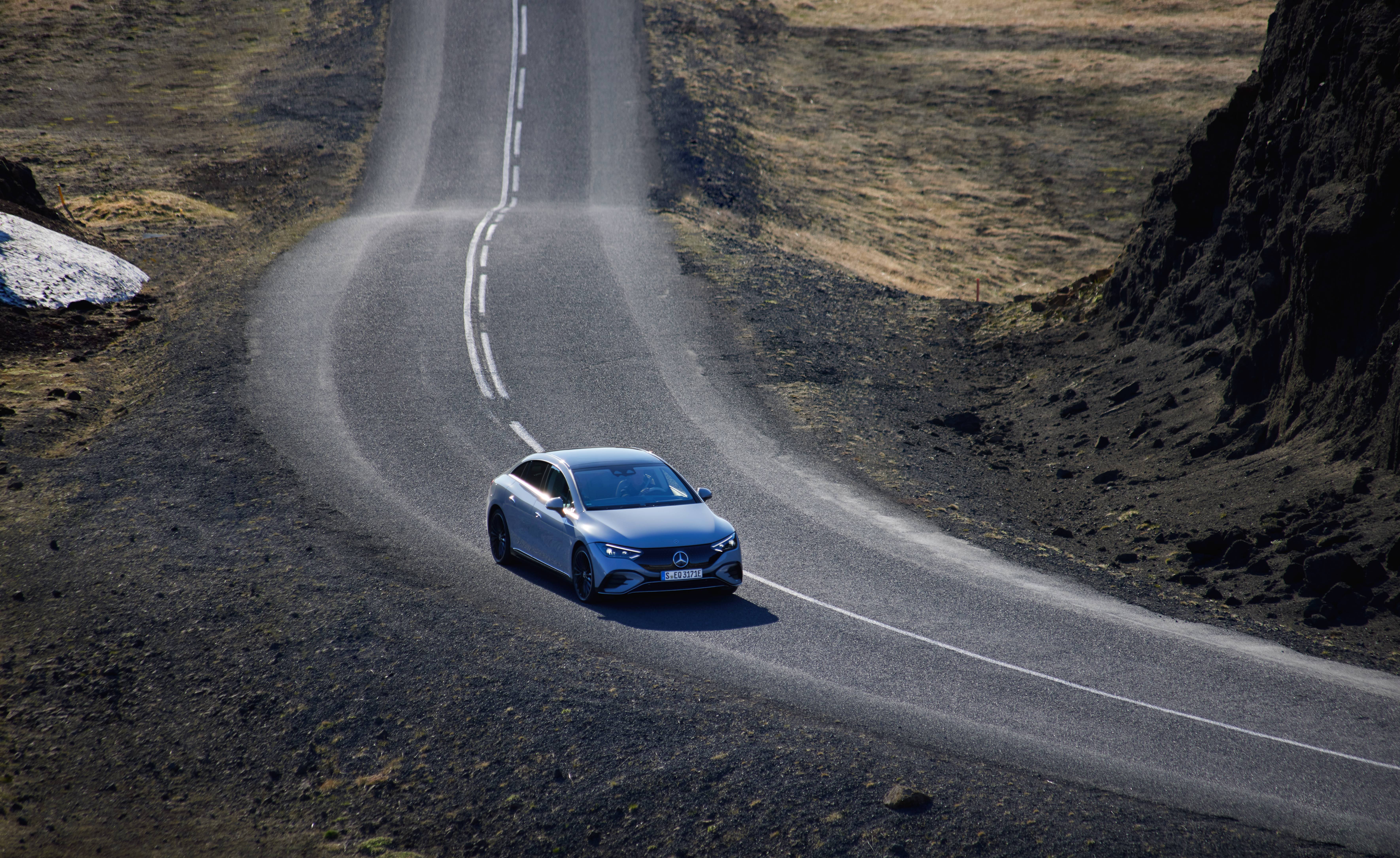 Mercedes EQE tiptoes around a revolution to inch EV design forwards
Mercedes EQE tiptoes around a revolution to inch EV design forwardsWe road test the new Mercedes-Benz EQE, the car that may ease the Mercedes E-Class customer into the electric age – balancing the formal experimentation that EVs allow with the familiar
-
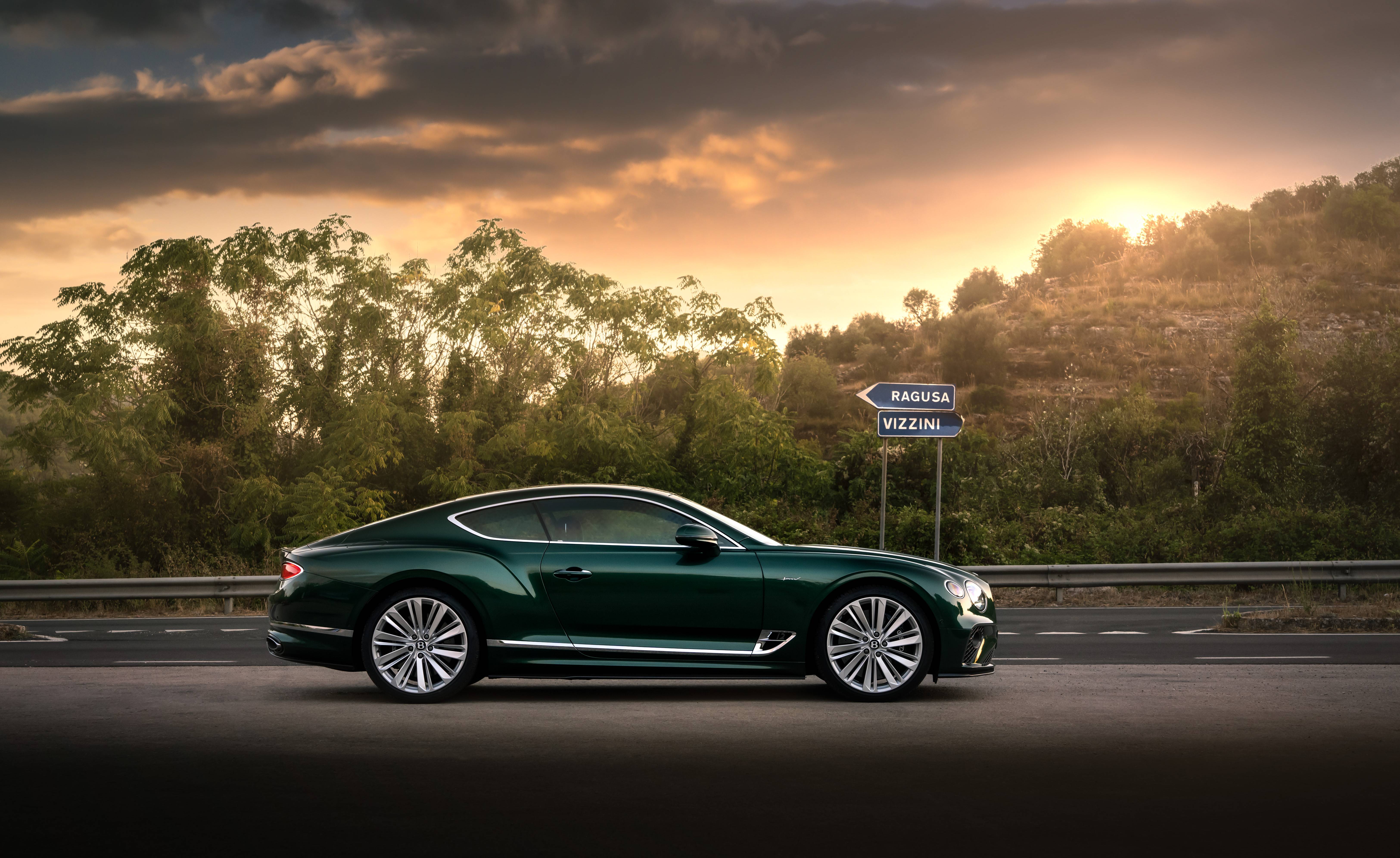 The Bentley Continental GT Speed is distance divided by time, multiplied by luxury
The Bentley Continental GT Speed is distance divided by time, multiplied by luxuryThe Bentley Continental GT Speed more than lives up to the reputation of its forebears
-
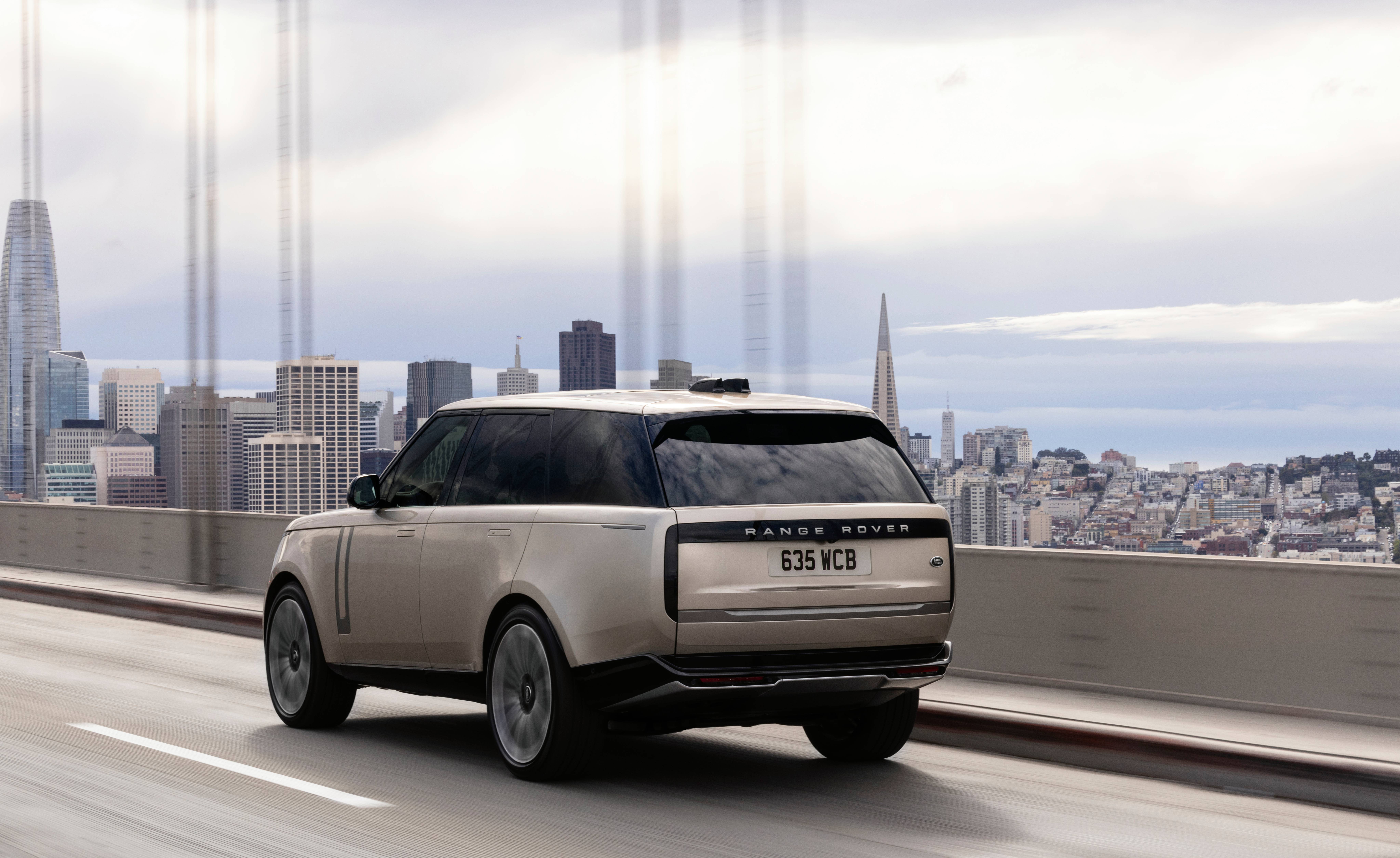 Range Rover’s positive reboot: the best 4x4 flagship?
Range Rover’s positive reboot: the best 4x4 flagship?‘Less thrusting and more soothing’: we take a drive in the new-for-2022 Mk5 Range Rover and find it smoothed and refined, inside and out
-
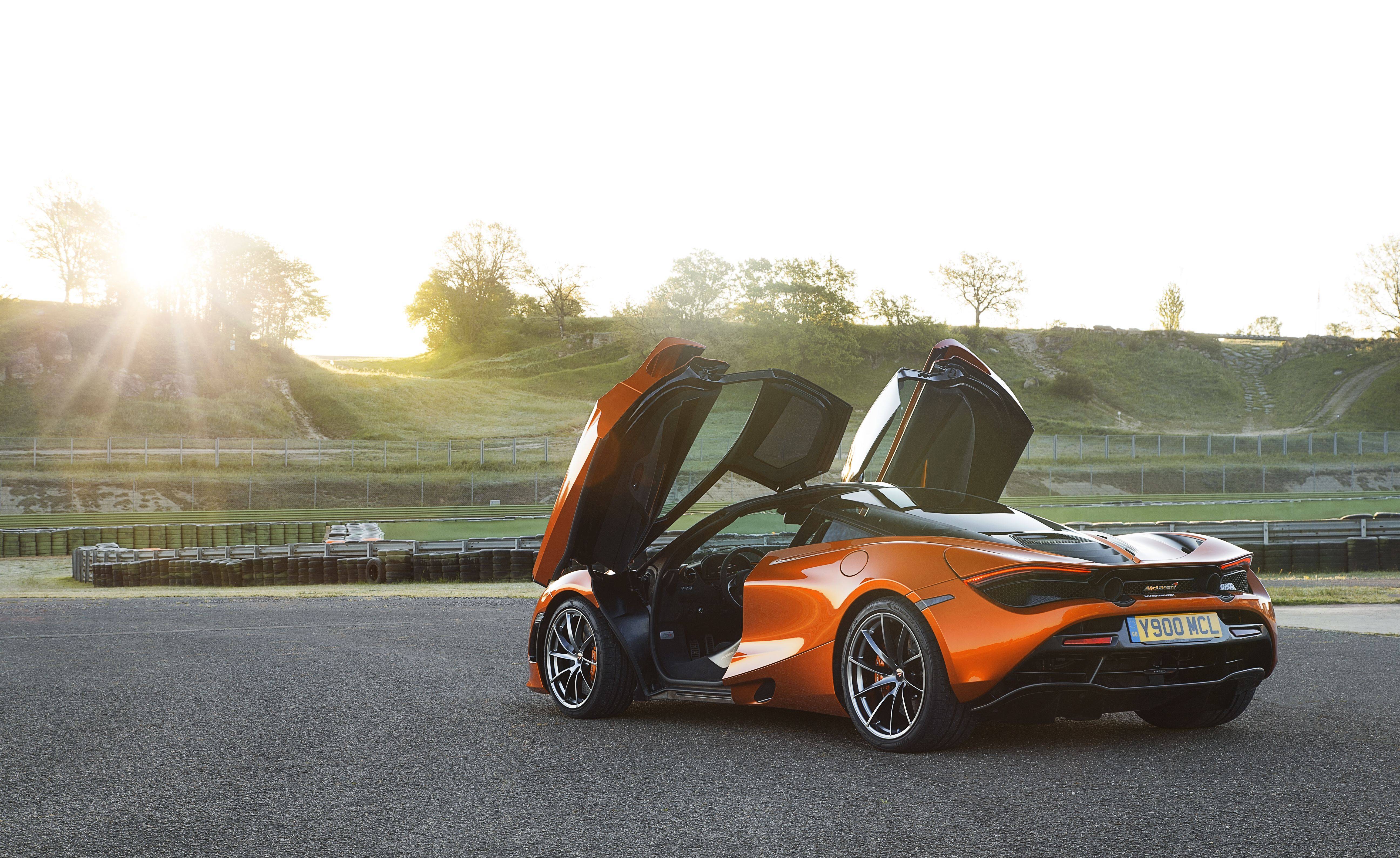 McLaren’s flagship supercar has still got what it takes
McLaren’s flagship supercar has still got what it takesFive years after its launch, the McLaren 720S is still the purist’s supercar of choice. Few cars can go faster and yet remain so precise and amenable to drive